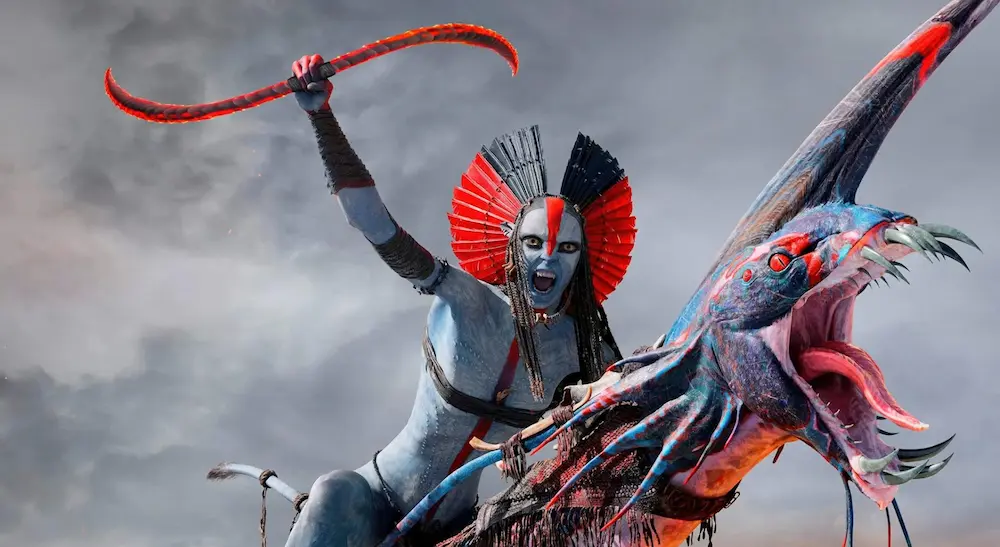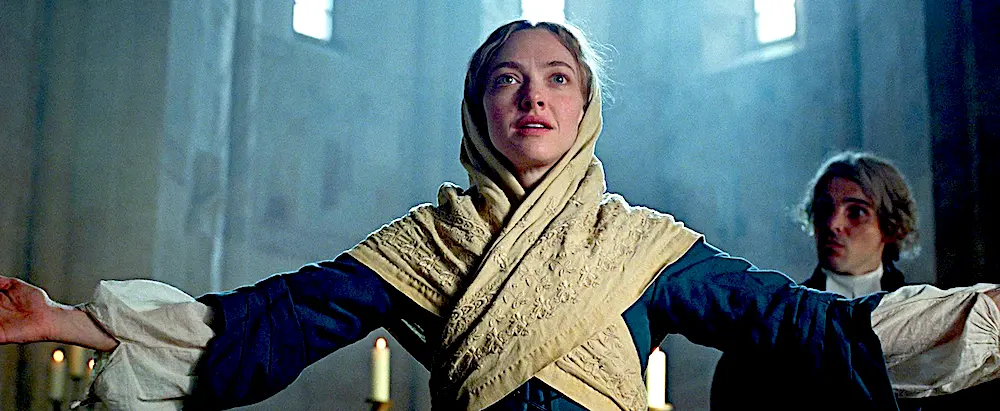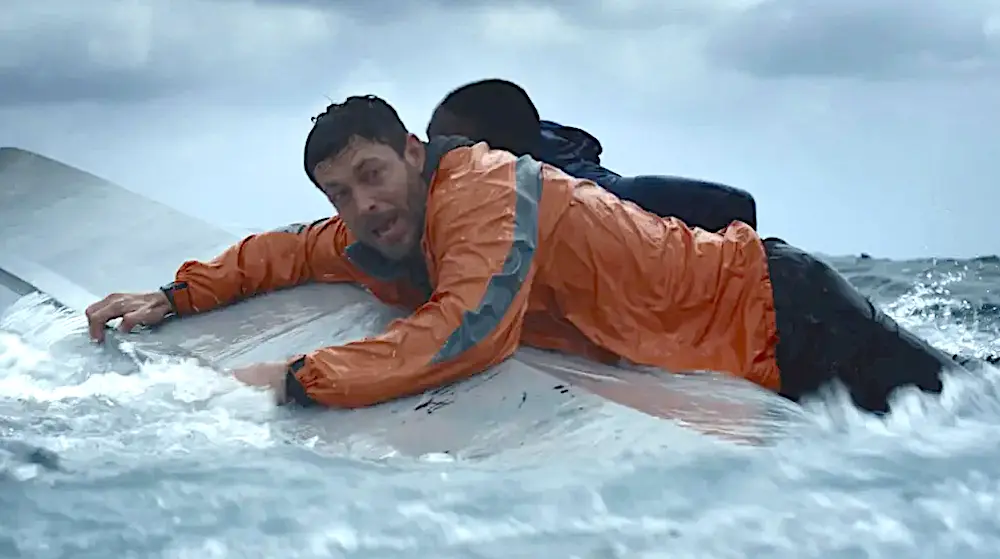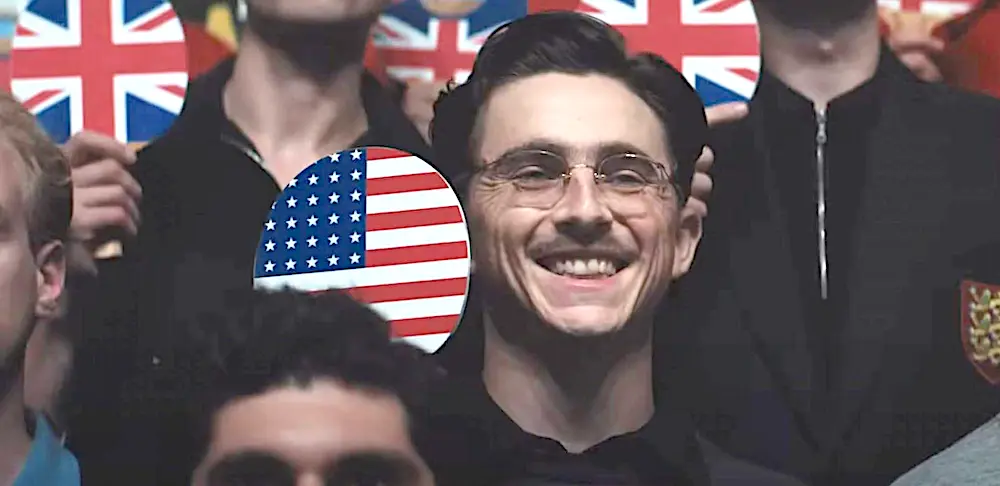In “The Equalizer 3,” the last feature film that derives from the 1985 vigilante television series of the same name, it’s Denzel Washington’s powerful charisma as Robert McCall, aka The Equalizer, that saves this movie from mediocrity—and only just. This third installment simply doesn’t have the same urgency that made the first two iterations so entertaining.
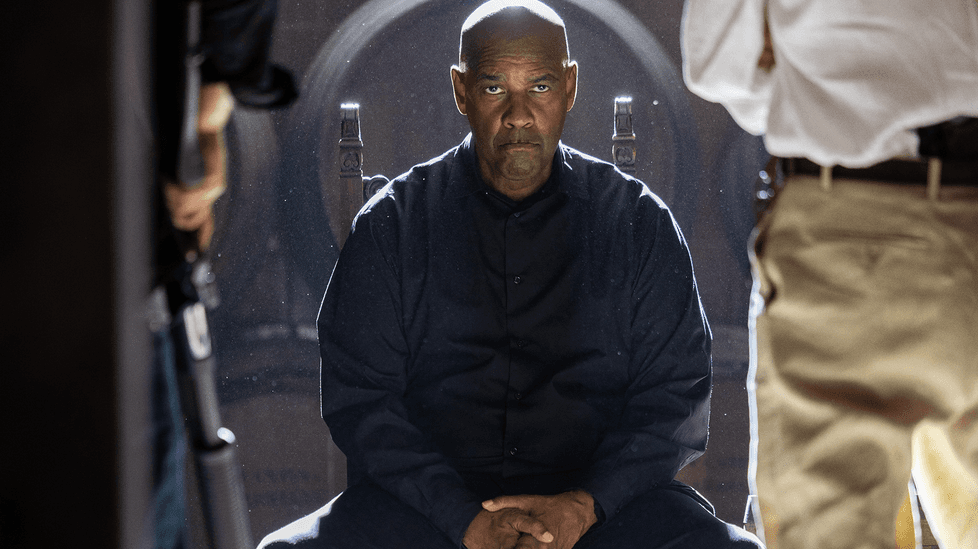
Former government assassin Robert McCall (Denzel Washington) about to bring the pain to the mafia, in "The Equalizer 3." Stefano Montesi/Sony Pictures Releasing
Mark Jackson is the senior film critic for The Epoch Times and a Rotten Tomatoes-approved critic. Mark earned a bachelor's degree in philosophy from Williams College, followed by classical theater conservatory training, and has 20 years' experience as a New York professional actor. He narrated The Epoch Times audiobook "How the Specter of Communism Is Ruling Our World," available on iTunes, Audible, and YouTube. Mark is featured in the book "How to Be a Film Critic in Five Easy Lessons" by Christopher K. Brooks. In addition to films, he enjoys Harley-Davidsons, rock-climbing, qigong, martial arts, and human rights activism.
Author’s Selected Articles


